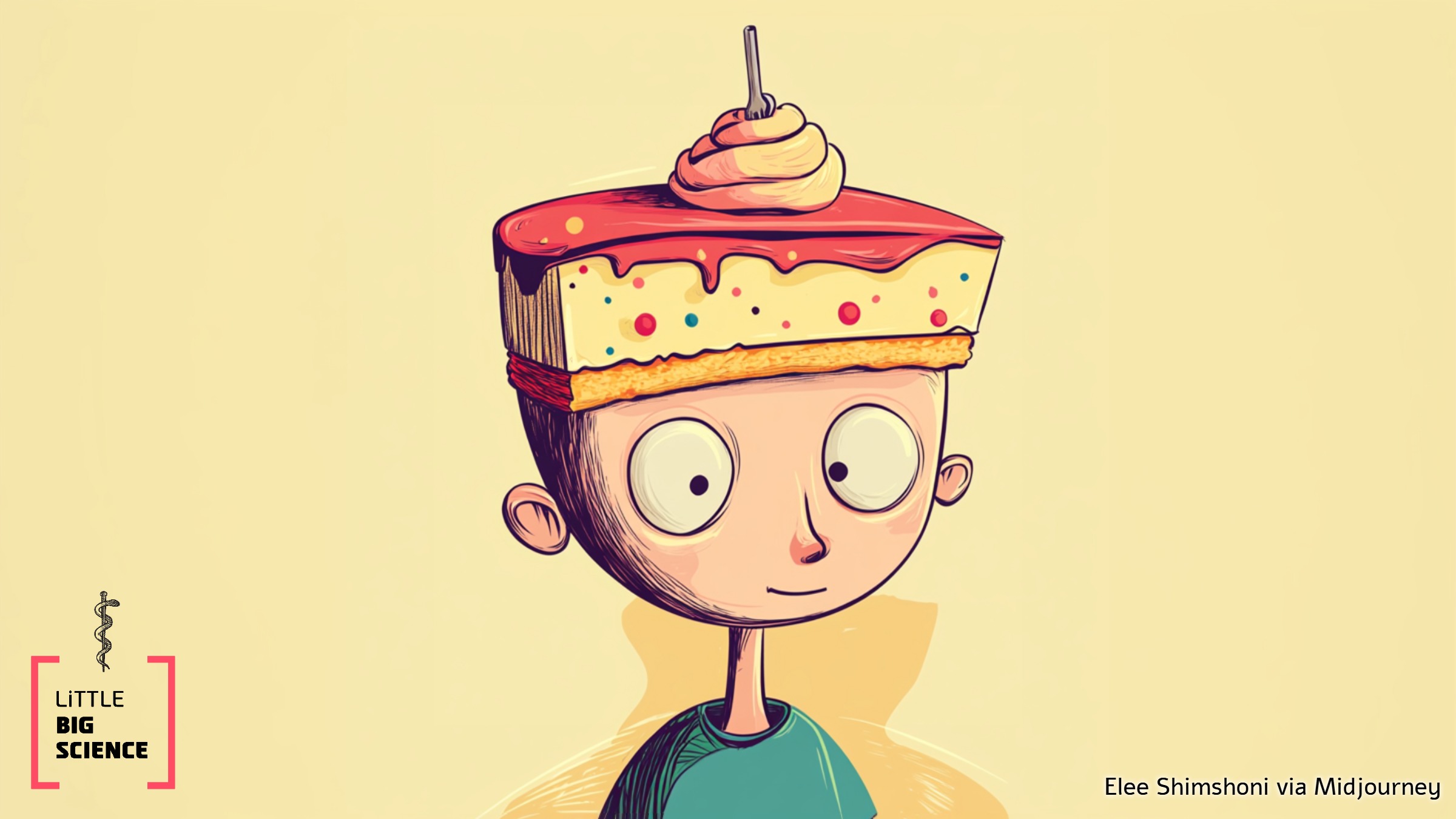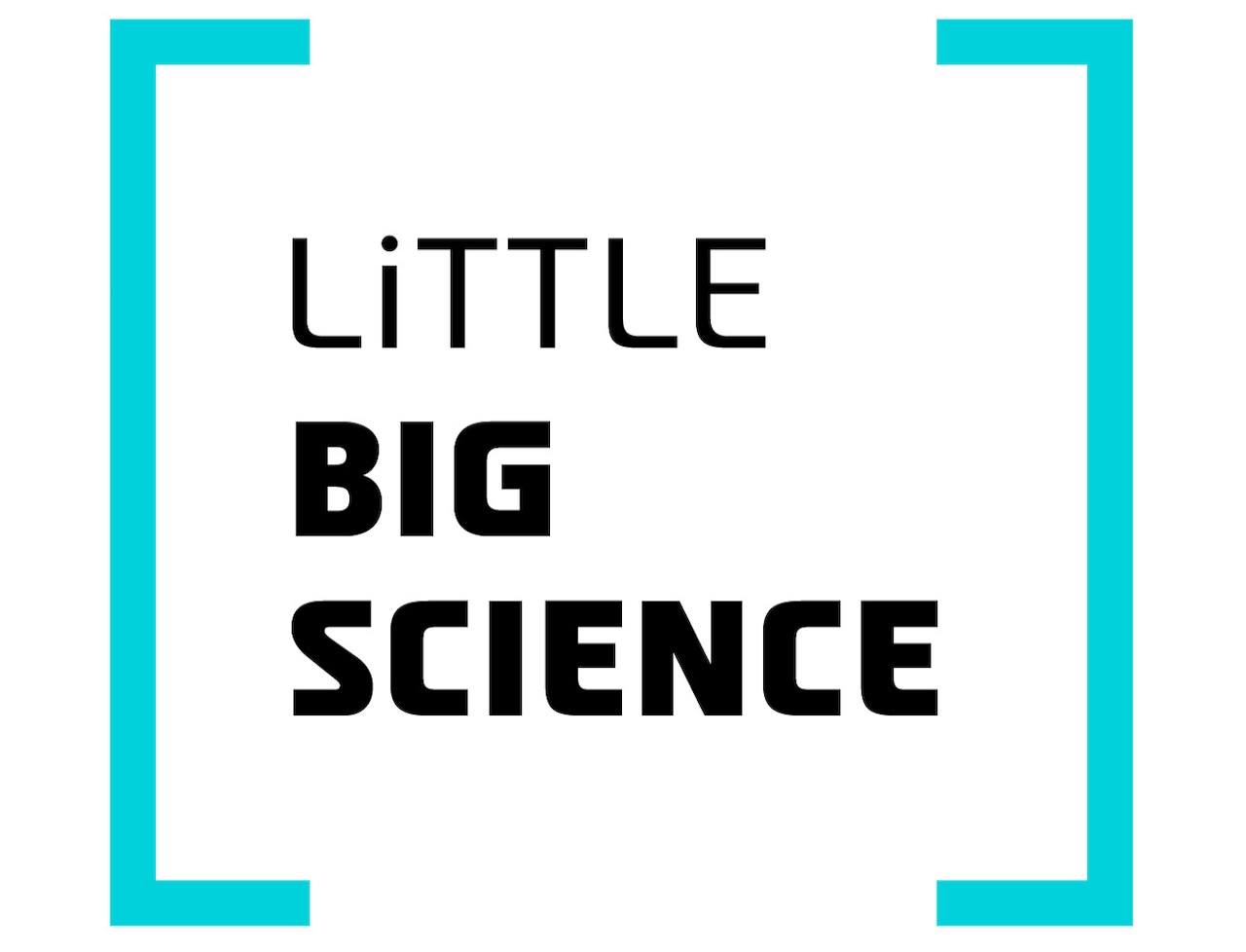
We all know that humans have two stomachs—one for food and the other for desserts. A new study has found that the “dessert stomach” is actually a clever trick of the nervous system. The discovery is that even if your belly is stuffed with an extra-large burrito, the brain makes room—but only for something sweet.
Advertisement
In the brain there is a small region called the hypothalamus that regulates vital processes such as hunger, thirst, body temperature, and the response to stress. Previous studies have shown that certain neurons in the hypothalamus are responsible for the sensations of hunger and satiety. For example, some neurons participate in the feeling of hunger in part by secreting a substance called β-endorphin—an opioid protein that increases appetite and the craving for sugar.
A research group from the Max Planck Institute in Germany hypothesized that if they could trace the neural pathway of those β-endorphin–secreting neurons, they would uncover the mysterious brain area activated by the hypothalamus and actually responsible for the desire to consume sugar. The study’s findings were published recently [1] in the prestigious journal Science.
How do you locate this hidden region? The team employed an advanced imaging technique that identifies neurons receiving β-endorphin. Another method enabled them to detect proteins involved in the secretion and uptake of β-endorphin within the tissue and thereby to trace the axons of the neurons that release it. Comparing the results of the two methods, the researchers located in laboratory mouse brains a region containing an exceptionally high concentration of β-endorphin–responsive cells. This spot lies in the thalamus, a large cluster of neurons, at a point called the paraventricular nucleus. The region is involved in appetite regulation, stress responses, and connections to other brain sites such as the reward system—a network of regions responsible for sensations of pleasure and motivation that shapes our behavior, e.g., by reinforcing actions such as eating, learning, and addiction.
Next, the researchers combined optogenetics—an advanced technique that activates neurons using light waves [2]—and electrophysiology, which measures the electrical activity of neurons. They showed that activation of β-endorphin–secreting neurons in the hypothalamus indeed stimulates a specific neural pathway that influences the paraventricular nucleus in the thalamus, where, as noted, they found cells that receive β-endorphin.
In brief: the researchers discovered that activating a particular area in the hypothalamus in turn activates a tract of β-endorphin–releasing neurons in the paraventricular nucleus of the thalamus. The remaining question is whether activating this neural pathway linking the hypothalamus and thalamus sparks a desire for sugar even when one is already full.
To test the hypothesis, the scientists fasted laboratory mice for about 12 hours and then gave them 90 minutes to eat standard mouse chow freely. Afterward, the satiated mice were split into two groups—one had access to additional chow for 30 minutes, while the other received access to sugar-rich food. As expected, the satiated mice offered regular chow exhibited little enthusiasm and did not eat more. By contrast, the satiated mice given the sugar-rich diet devoured it, increasing their caloric intake sixfold compared with the first group.
When the researchers silenced the neural pathway linking the hypothalamus and thalamus using optogenetics, satiated mice presented with sugary extras markedly reduced their dessert craving and refrained from eating sugar. Shutting down this pathway did not diminish the mice’s desire to eat regular chow after fasting; it specifically curbed the urge for dessert.
In the next phase, using methods similar to those applied to mouse brains, the team found evidence of the same hypothalamus-to-thalamus pathway in post-mortem human brains donated to science. Finally, with functional magnetic resonance imaging (fMRI), which measures brain activity in humans during various tasks, the researchers showed that during sugar consumption, activity in the paraventricular nucleus decreased, mirroring the findings in mice. This result suggests that the pathway discovered in mice also exists in humans and indeed participates in controlling sugar intake.
The study reveals a surprising mechanism in which hypothalamic neurons, previously known for suppressing appetite, actually promote sugar consumption in the state of satiety through β-endorphin release. The findings shed new light on the link between appetite regulation and the propensity for obesity, and are expected to open new therapeutic avenues for conditions such as binge-eating disorder and to aid in weight reduction.
The very neurons whose job is to tell us we’re full are also the ones whispering, “Just one more bite of cake.” The neural pathway uncovered in this study coaxes us to eat dessert even when we’re not hungry, explaining how dessert always seems to find its own separate stomach. So the next time you polish off another slice of cake, don’t feel guilty. It’s not you—it’s the hypothalamus.
Hebrew editing: Galia Halevy-Sadeh
English editing: Elee Shimshoni
References:







